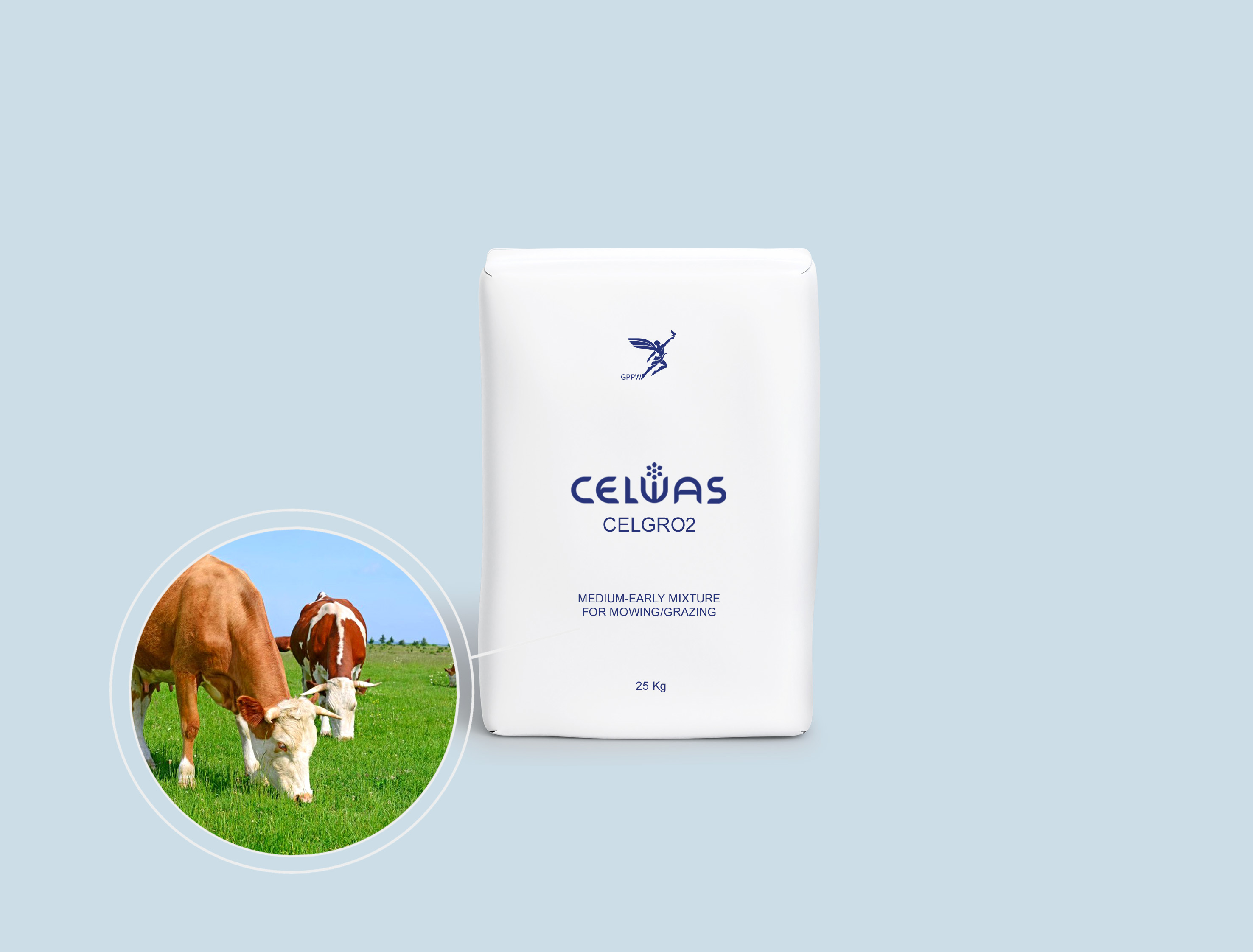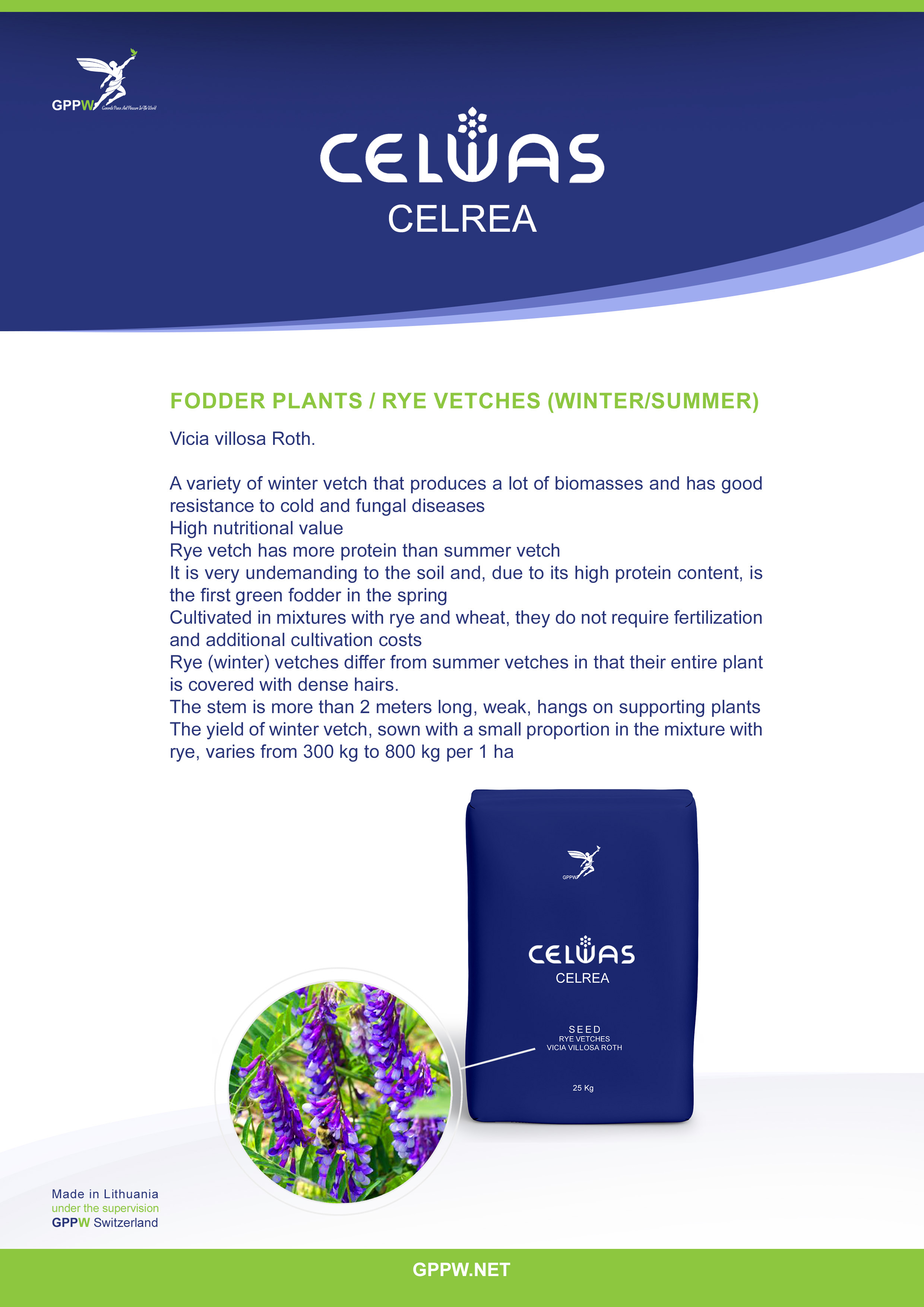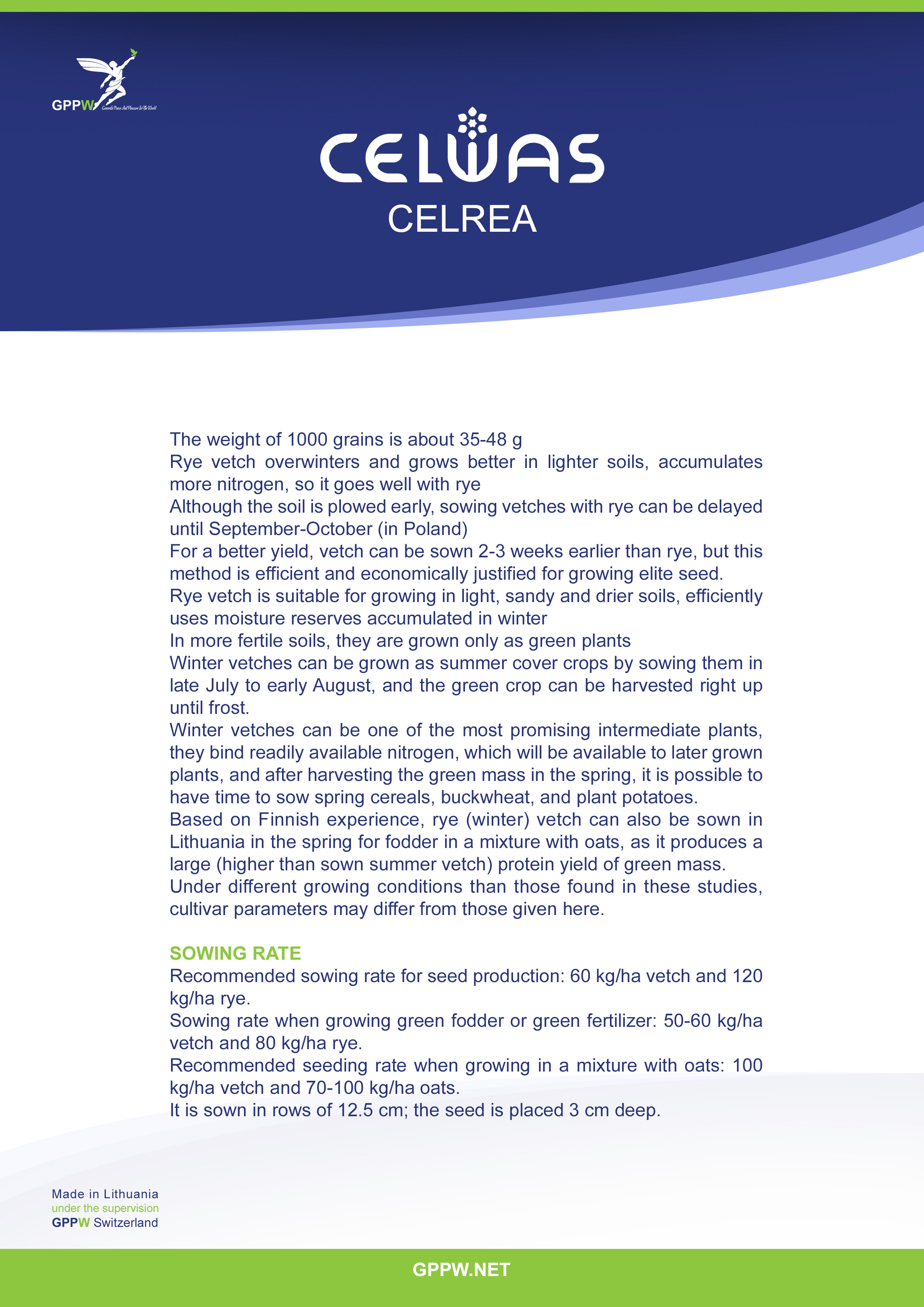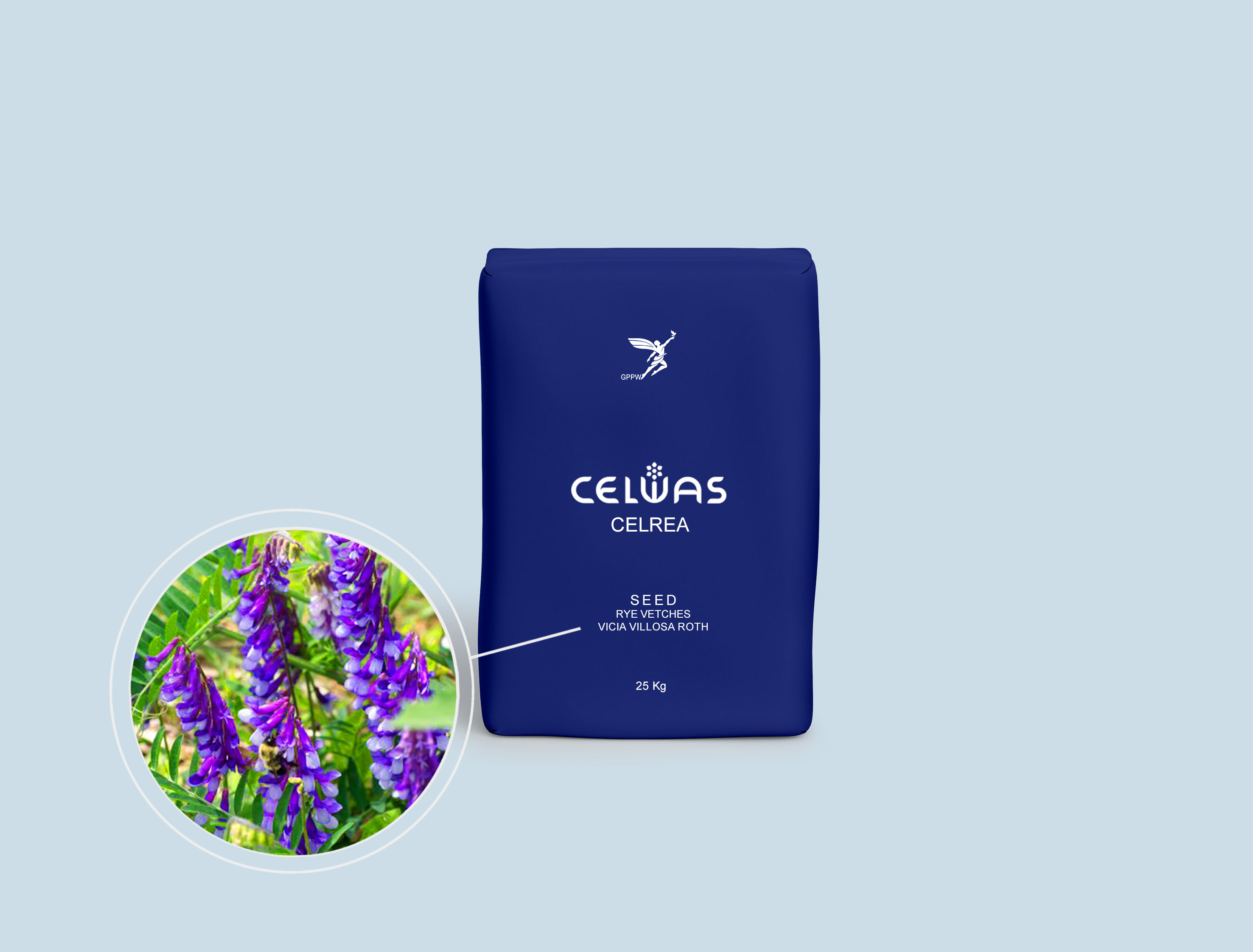
CELREA
FODDER PLANTS / RYE VETCHES (WINTER/SUMMER)
Vicia villosa Roth.
A variety of winter vetch that produces a lot of biomasses and has good resistance to cold and fungal diseases
High nutritional value
Rye vetch has more protein than summer vetch
It is very undemanding to the soil and, due to its high protein content, is the first green fodder in the spring
Cultivated in mixtures with rye and wheat, they do not require fertilization and additional cultivation costs
Rye (winter) vetches differ from summer vetches in that their entire plant is covered with dense hairs.
The stem is more than 2 meters long, weak, hangs on supporting plants
The yield of winter vetch, sown with a small proportion in the mixture with rye, varies from 300 kg to 800 kg per 1 ha
The weight of 1000 grains are about 35-48 g
Rye vetch overwinters and grows better in lighter soils, accumulates more nitrogen, so it goes well with rye
Although the soil is plowed early, sowing vetches with rye can be delayed until September-October (in Poland)
For a better yield, vetch can be sown 2-3 weeks earlier than rye, but this method is efficient and economically justified for growing elite seed.
Rye vetch is suitable for growing in light, sandy and drier soils, efficiently uses moisture reserves accumulated in winter
In more fertile soils, they are grown only as green plants
Winter vetches can be grown as summer cover crops by sowing them in late July to early August, and the green crop can be harvested right up until frost.
Winter vetches can be one of the most promising intermediate plants, they bind readily available nitrogen, which will be available to later grown plants, and after harvesting the green mass in the spring, it is possible to have time to sow spring cereals, buckwheat, and plant potatoes
Based on Finnish experience, rye (winter) vetch can also be sown in Lithuania in the spring for fodder in a mixture with oats, as it produces a large (higher than sown summer vetch) protein yield of green mass
Under different growing conditions than those found in these studies, cultivar parameters may differ from those given here.
SOWING RATE
Recommended sowing rate for seed production: 60 kg/ha vetch and 120 kg/ha rye.
Sowing rate when growing green fodder or green fertilizer: 50-60 kg/ha vetch and 80 kg/ha rye.
Recommended seeding rate when growing in a mixture with oats: 100 kg/ha vetch and 70-100 kg/ha oats.
It is sown in rows of 12.5 cm; the seed is placed 3 cm deep
Other products in this category:
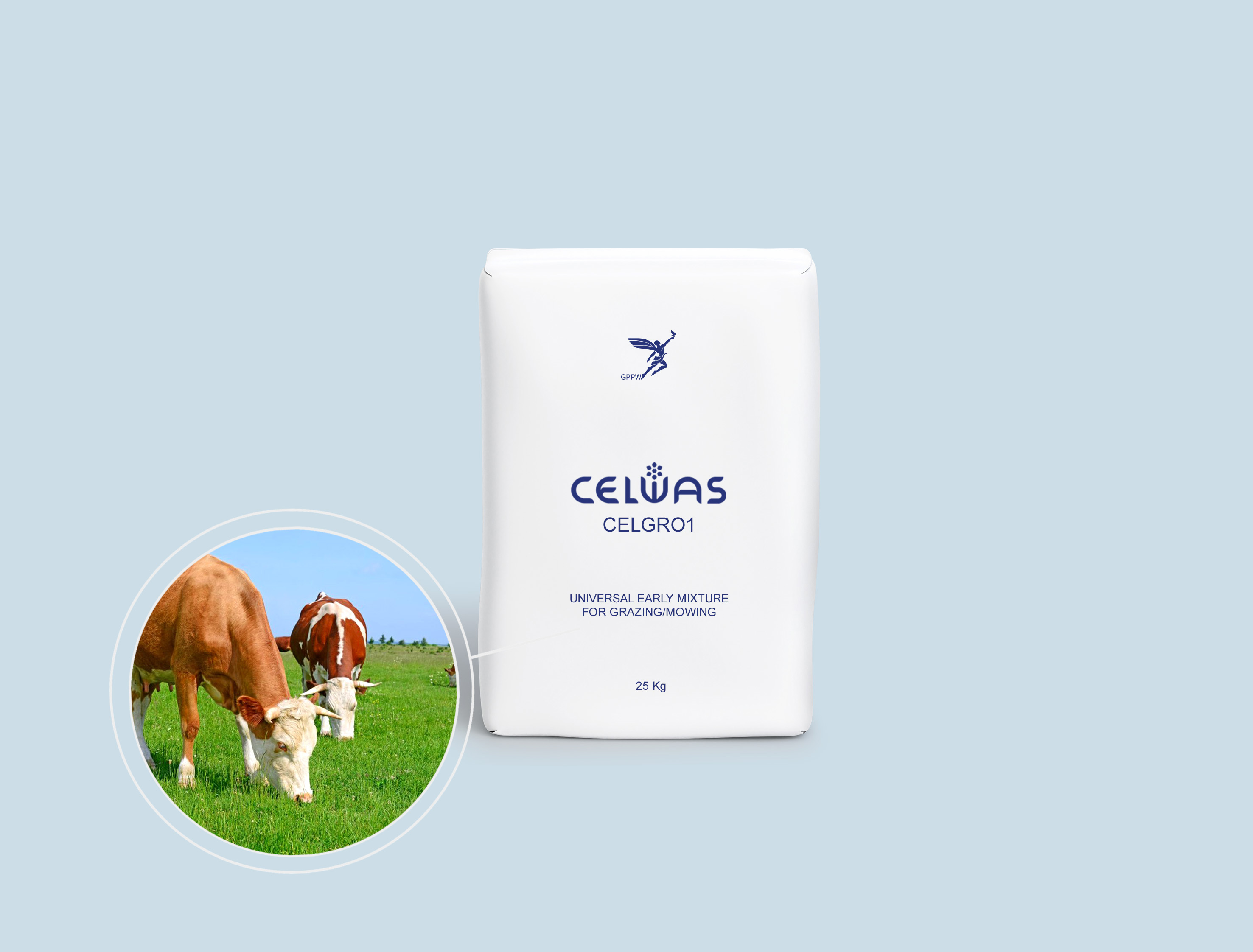
CELGRO1 fodder grasses and legumes
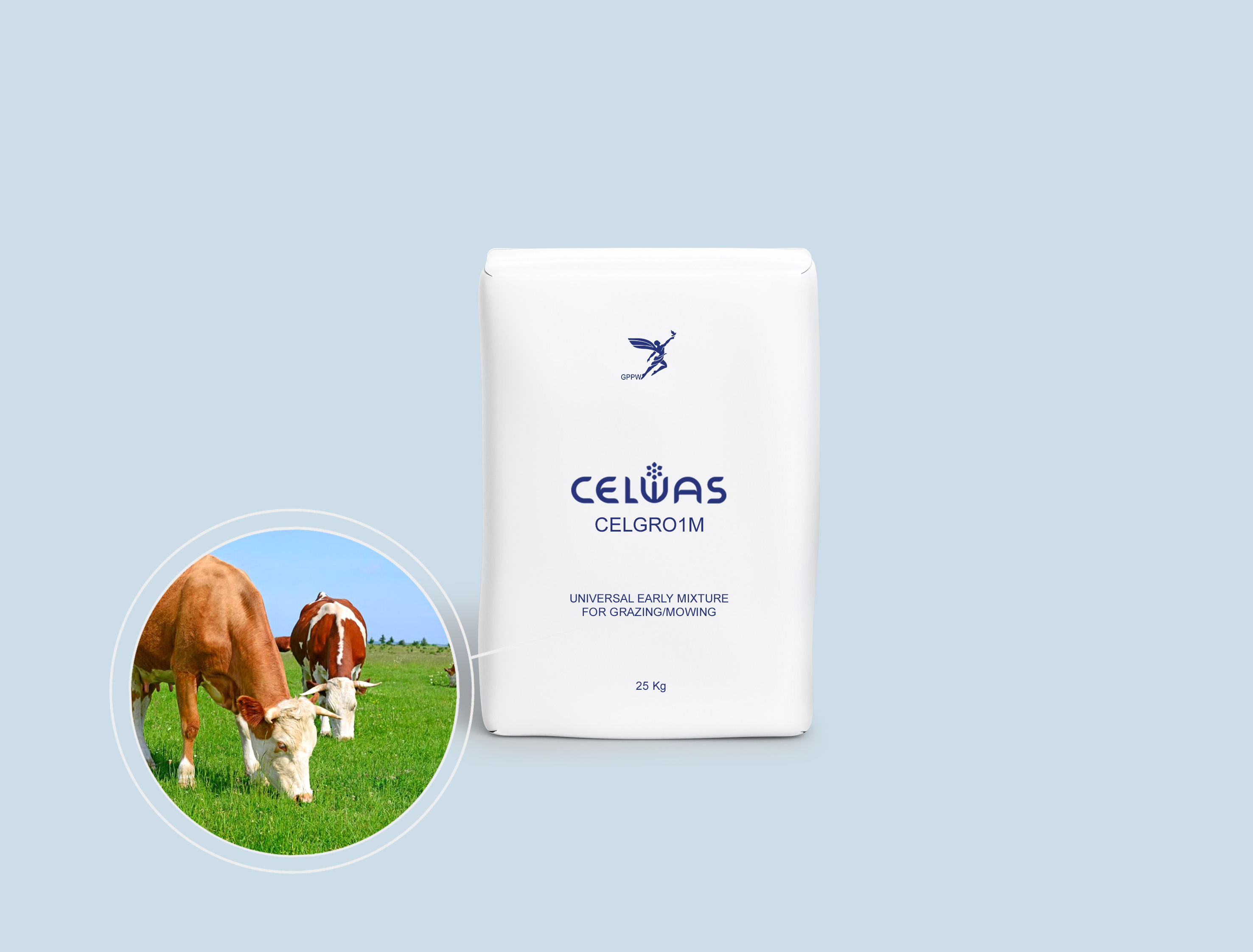
CELGRO1M fodder grasses and legumes
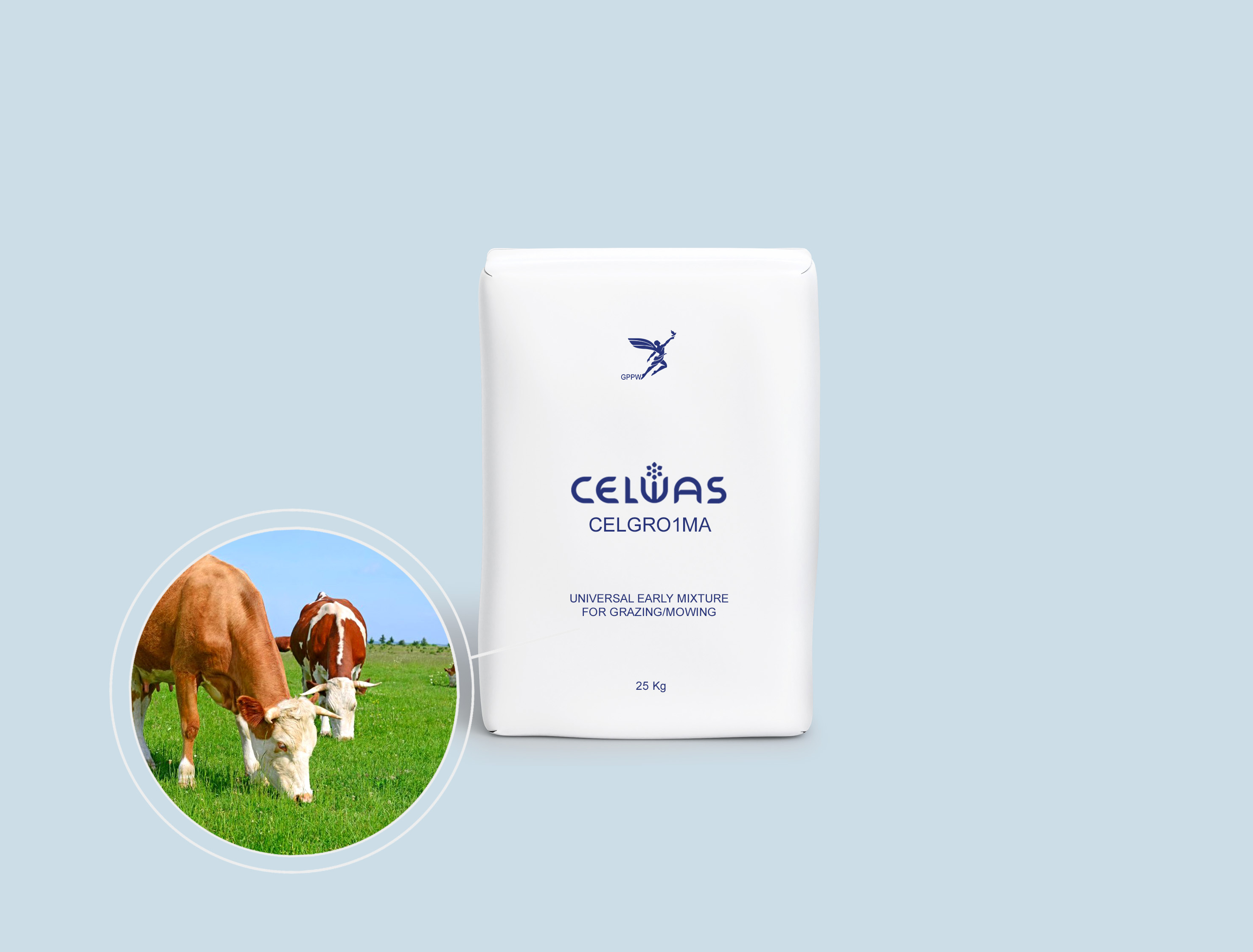
CELGRO1MA fodder grasses and legumes
